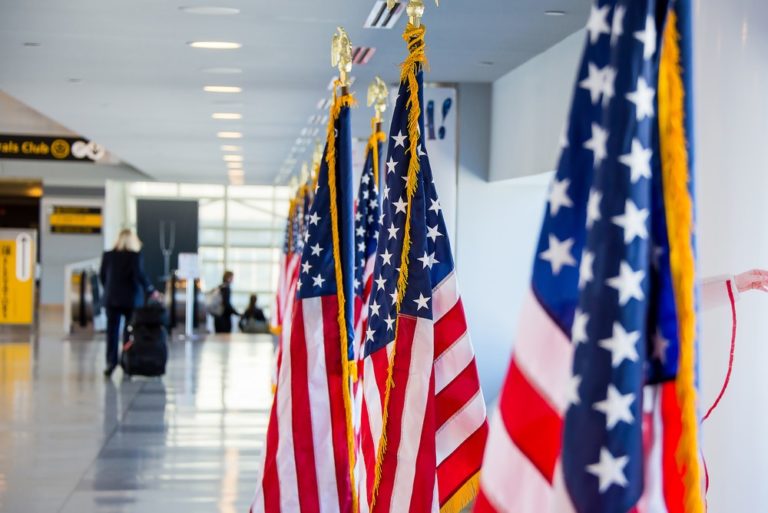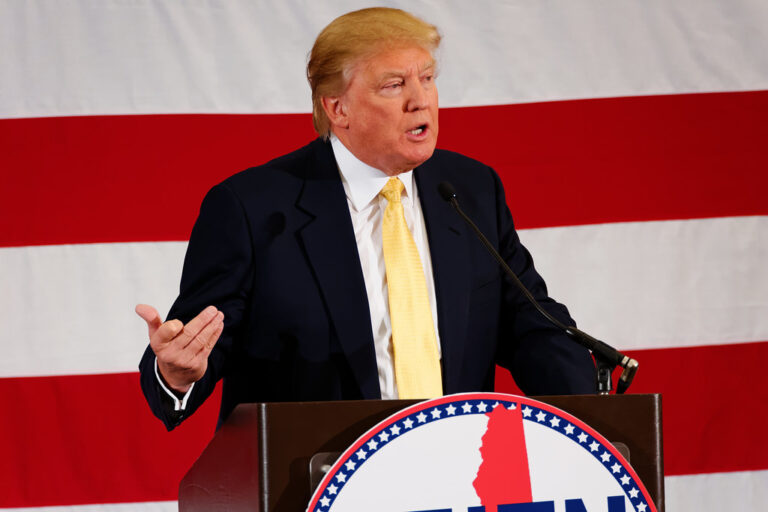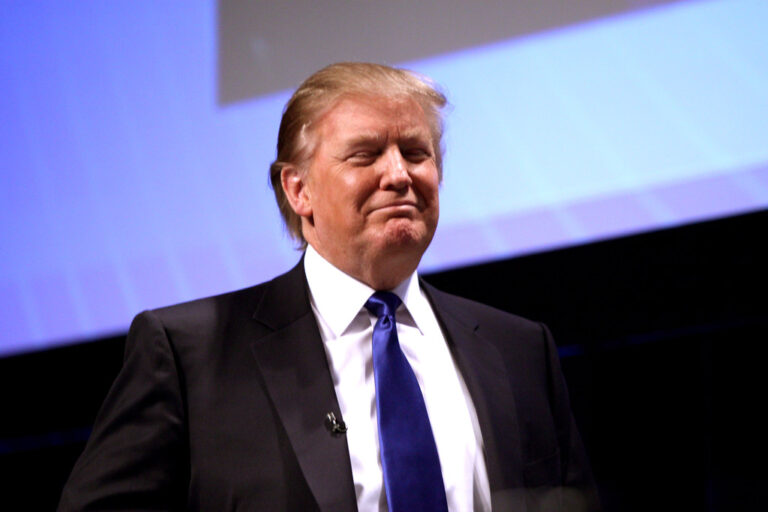Key Takeaways
• Republican Senate chiefs of staff seek to let senators use office funds for security.
• This push follows the fatal shooting of right-wing activist Charlie Kirk.
• The Senate now bans official budget spending on personal protection.
• The House allows some funds for fortifying lawmakers’ homes.
• Senators fear political events could turn dangerous without more protection.
Senators face rising threats at public events. They now pay for private guards with campaign cash. However, they want a new rule so they can use official office money. This debate grew after the tragic shooting of Charlie Kirk at a Utah university event. As a result, Republican staffers in the Senate are pushing for change.
Why Are Senators Pushing for Security Funds?
After the shooting, senators felt shocked and vulnerable. They worry that heated political debates may lead to more violence. Moreover, they note the House of Representatives allows members to spend some office funds on home security. In contrast, the Senate has no such rule. For example, many senators hire private security for town halls. Yet they must drain campaign contributions to pay those guards. Therefore, they want a rule change to ensure better protection.
Recent events convinced many that violence can strike at any political event. Meanwhile, staffers have talked behind closed doors about how to secure senators’ homes and appearances. They hope that a formal rule will bring clear guidance on spending and reporting security costs. Thus, most Senate chiefs of staff now agree on the need for reform.
How Would the Rule Change Work?
First, senators must draft a proposal that mirrors House rules. Then, the Senate could vote to allow some Member Representational Allowance funds for safety expenses. This allowance covers office rent, staff salaries, and supplies. If approved, it would also cover home security upgrades, cameras, and guard services.
However, details remain unclear. For instance, lawmakers must decide how much money each senator could use. They must also set rules to prevent misuse of funds. Furthermore, the Senate will need to create oversight measures to track security spending. Meanwhile, both parties will negotiate to ensure fairness. The aim is to give every senator equal access to safety resources.
What Is the Member Representational Allowance?
The Member Representational Allowance refers to the official office budget for each senator. It covers staff pay, office supplies, travel costs, and public communications. In the House, this allowance also covers security at the member’s home. Yet senators cannot tap these same funds for security now. Instead, they use campaign donations to pay for private guards.
Changing the rule would free up campaign cash for election efforts. Moreover, it would make security spending more transparent. As a result, the public could see how much senators invest in their own safety. In turn, that could boost trust in how elected officials manage taxpayer dollars.
Could This Affect Political Events?
Senators host many town halls, rallies, and meet-and-greets every year. Each of these events brings risk when tensions run high. As a result, some senators already hire private firms to guard their crowds. However, those costs come directly out of campaign funds.
If the Senate security rule passes, official budgets could pay for some protection. This change could lead to more guard presence at events. On the other hand, some worry it may block community access. Yet most lawmakers agree that safety must come first. After all, no debate matters if the participants face real danger.
Lawmakers Responding with Personal Measures
Even before a rule change, some members have taken extra steps. Representative Nancy Mace has pledged to carry a gun everywhere she goes. Others have installed new locks, cameras, and alarms at their residences. Meanwhile, some senators ask local law enforcement to patrol nearby. Still, they say these measures feel like temporary fixes.
By contrast, a formal change in Senate policy would offer permanent support. Senators could plan security ahead of time without worrying about campaign costs. Consequently, they could focus more on serving voters and less on personal safety.
Transitioning from Campaign to Official Funds
Many senators find the current system confusing. They must decide whether a security expense counts as campaigning or governing. For example, paying for a guard at a town hall could look like a campaign cost. Yet that event often involves official duties. By moving the expense to the office budget, senators remove that gray area.
Moreover, this shift may reduce criticism over campaign spending. After all, security is not a partisan activity. Everyone faces the same threats. Therefore, public reaction could turn more favorable if the Senate clearly outlines security rules.
Looking Ahead for Senate Security
The road to change will not be easy. First, senators must agree on the exact wording of the new rule. Then, they will need to pass it through committee and secure a full Senate vote. Along the way, they may face questions about budget impacts and oversight. Still, the shooting of Charlie Kirk highlighted the urgent need for better protection.
In the end, this proposal could mark a new chapter in how elected officials handle security. It would represent a major shift in Senate policy. If approved, senators could use official funds for home upgrades and event guards. That would bring their chamber in line with the House. In turn, this change may set a standard for state legislatures and local councils.
Frequently Asked Questions
What is a Member Representational Allowance?
It is the official office budget each senator claims to run their office. It pays for staff, rent, and supplies. Currently, it does not cover personal security.
Why can’t senators use office funds for security now?
Senate rules do not allow security costs under the office budget. Senators must rely on campaign funds for private guards.
How would a new rule affect campaign spending?
It would move security bills from campaign accounts to official budgets. As a result, campaign funds could support other election needs.
What steps remain before this rule change?
Senators must draft the exact language, pass the proposal in committee, and secure a full Senate vote. Only then could the new rule take effect.










